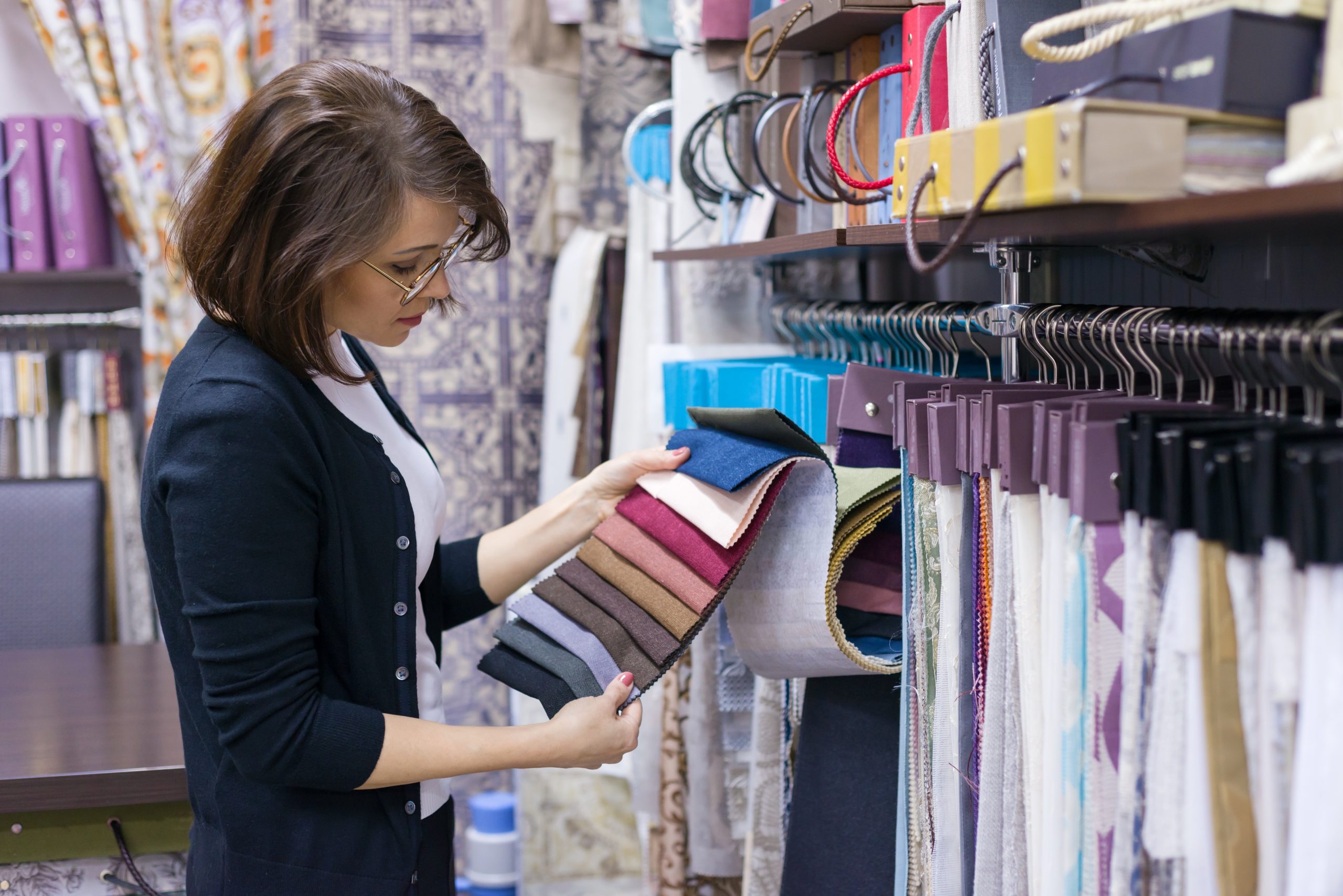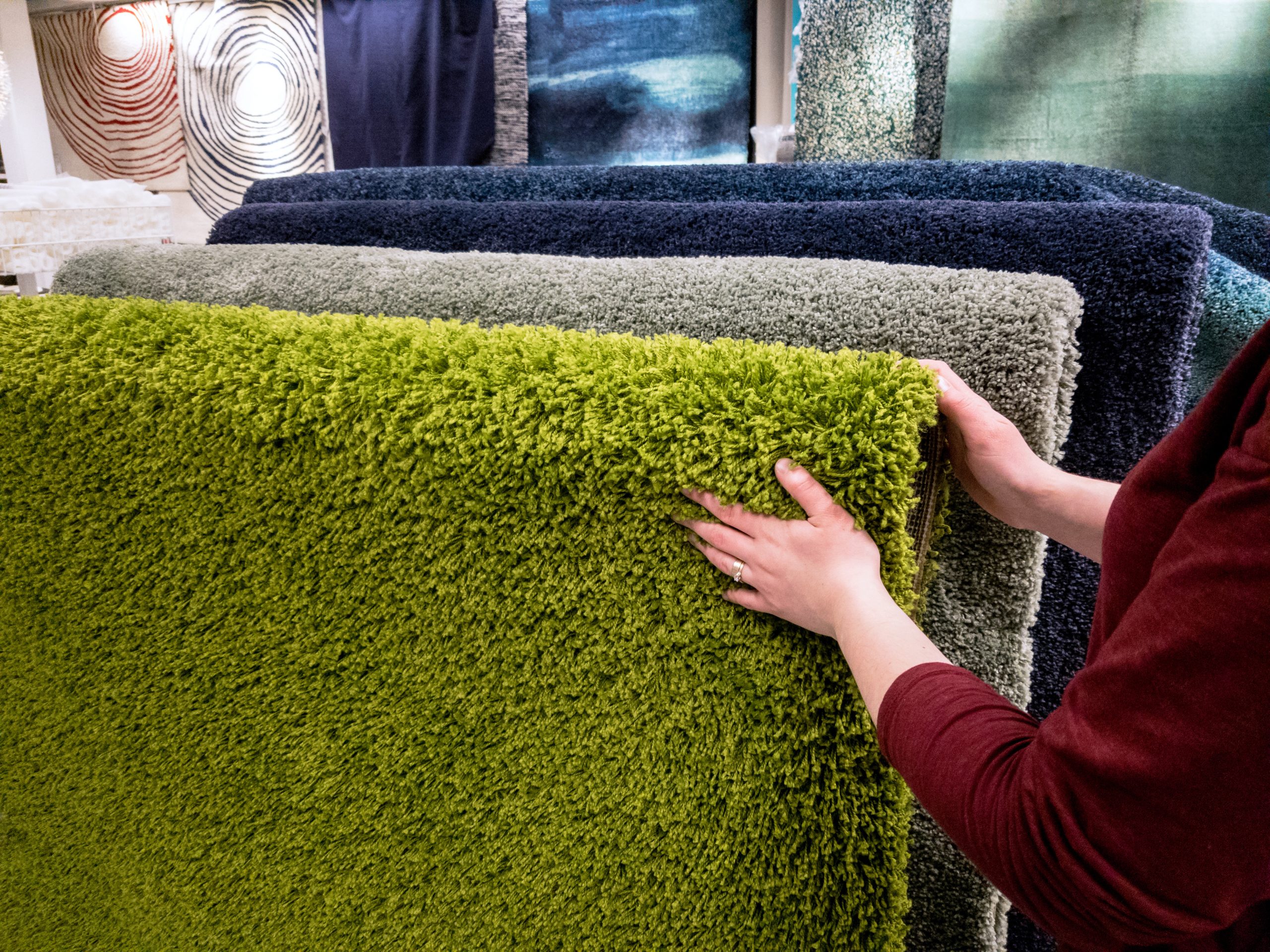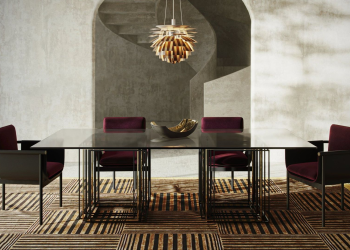
It is not an everyday event in most people’s lives to shop for carpet. This is probably the reason why you’re here visiting this blog, to check out how to select the right one perfect for your home, right? Buying a carpet can be confusing for consumers, and they may end up with a rug that doesn’t fit their needs.
The benefits of carpet include comfort, sound absorption, aesthetics, and design versatility thanks to carpet’s availability in many colors, construction, and materials. Investing in a new carpet can revitalize a tired room and give it a brand-new feel. There are many carpet types and styles out there that make picking the right one quite a challenge. When choosing carpet, it is essential to pick one that matches the décor of your home, and that is of the suitable material, as that will assist in the carpet’s effective maintenance, which also forecasts its longevity.
Here are the three tips for picking the perfect carpet from the right Carpet Store for your home:
1. Choose The Right Color And Design
From an artist’s perspective, your room is a canvas, and your carpet is a paintbrush. It doesn’t have to be bright, just complementary to the other fixtures and furniture in the room. The carpet can be a robust and dramatic centerpiece of the room. There is almost no limit to the color options available, so your choices are unlimited.
One of the most popular carpet colors is beige. It will make any room look more open and more expansive. To make a stronger statement, you may want to match your carpet with the same color as your main furnishings and draperies. More and more colors like stony neutrals and rosy quartz are becoming popular among the general public. Warm colors can increase the heat in a room with little light, while cool colors like greens and blues are refreshing and soothing. The lighter the color, the larger space seems, while the darker the color, the more comfortable it is.
Furthermore, there are some practical concerns in choosing colors. Lighter-colored carpets today have better stain and soil resistance, allowing for more significant decorating choices—high-traffic areas in your home benefit from hiding soil with dark and medium shades of colors.
One last point: Different lighting conditions will affect the color of your carpet. You must keep your samples at home under the appropriate lighting conditions. Only after you checked them out thoroughly should you be able to assess if the colors are fit for your interiors.
2. Consider The Carpet Construction
Different carpet constructions and fibers are used in carpeting. Understanding how each differs from the other will assist you in making the best choice for your home’s design and budget. This feature also allows you to select the correct method to keep them in pristine condition.
Cut Pile:
Known as one of the most durable constructions, cut piles are made durable through the combination of the yarn and the type of fibers used. High-quality yarn will last longer in high-traffic areas since it is twisted tightly into its fiber.
Loop Pile:
For this kind of rug, each loop is the same height, so the overall effect is uniform. In areas with high traffic, this style lasts for a long while. There are many popular styles currently trending, and they include level loop styles with dark flecks against lighter backgrounds.
Multi-level loop pile:
This particular style has multiple loops made in different heights to create a pattern effect, offering robustness and an excellent casual look.
Cut-loop pile:
Combined with looping and cut yarns, this style has an elegant appearance. The multicolor attribute is effective at hiding soil and stains due to its ability to create a variety of surface textures. Patterns like squares and twirls are made possible with this pile type.
3. Select The Right Underlay
A suitable underlay doesn’t only work as a shock absorber but also keeps heat in and can help you save on your energy bills. No matter how much you spend on the carpet, it is better to invest in a suitable underlay. Your carpet will last longer if you get a high-quality one. Underlay helps to keep new carpets in place and make sure they are evenly worn. Carpets appear more attractive for longer with a reduced pile compression. Make sure the underlay has good acoustic qualities in areas that will get a lot of foot traffic, particularly if you’re constantly entertaining guests in your home.
Here are the different types of underlay to choose from:
Rubber:
Waffle – It doesn’t work for high-traffic areas. So it would be better to place them in smaller rooms, like a spare bedroom.
Flat – Compact and sturdy, these new rugs provide increased comfort and noise reduction.
Crumb – This is as eco-friendly as it gets. It’s made from granulated rubber particles from recycled used car tires.
Crumb/Felt – This underlay style is usually used for woven carpets to minimize rucking but is much less common than rubber waffles, so more care is required.
Foam:
Polyethylene (PE) is a closed-cell polyethylene underlay with an entry-level, budget price point.
Polyurethane (PU) – This form is 80% recycled, made from dense granulated foam that is thermally bonded and then compressed; it is widely used in carpets and suits most applications.
Jute – A felt or rubber top prevents this natural fiber from crumbling, flattening, or drying out.
Recycled Felt – This lightweight option is an excellent choice for rooms where they will be used less frequently, but its good side is environmentally friendly.
Felt And Rubber – Providing a win-win situation, these rubber underlays deliver comfort, firm support, and longevity.
Conclusion
It’s important to choose your new carpet carefully as this can significantly affect the comfort and look of a room. With the three aspects discussed in this article, such as color, construction, and the underlay of your carpet, considering these things should help with your decision when choosing the right rug while also providing the understanding, maintenance and care needed.








